EMPLOYMENT IN THE MARKET ECONOMY IN ... - Eurostat - Europa
EMPLOYMENT IN THE MARKET ECONOMY IN ... - Eurostat - Europa
EMPLOYMENT IN THE MARKET ECONOMY IN ... - Eurostat - Europa
You also want an ePaper? Increase the reach of your titles
YUMPU automatically turns print PDFs into web optimized ePapers that Google loves.
Chapter 1— Employment and value-added<br />
Labour productivity and investment<br />
Capital employed in market services can be estimated<br />
in the same way as for industry, namely, by relating investment<br />
to hours worked to give a measure of capital<br />
used per unit of labour input. Investment per hour<br />
worked can then be related to value-added per hour<br />
worked to measure the importance of capital in generating<br />
value-added. Results confirm a clear relationship<br />
between the two variables over the enlarged EU<br />
as a whole, with sectors with the highest level of productivity<br />
being also those with the highest levels of<br />
capital per hour worked (Graph 12).<br />
Value-added and investment per hour worked<br />
in market services<br />
12 Correlation between value-added per hour and<br />
investment per hour in market services in the EU,<br />
2001<br />
Value-added per hour worked (EUR)<br />
70<br />
60<br />
50<br />
40<br />
30<br />
20<br />
10<br />
0<br />
Computer & related<br />
activities (72)<br />
Water transport (61)<br />
Research+development (73)<br />
Hotels, restaurants (55)<br />
Real estate activities (70)<br />
Rental activities (71)<br />
y = 0.7x + 23.3<br />
R 2 = 0.73<br />
0<br />
0 10 20 30 40 50 60 70<br />
Investment per hour worked (EUR)<br />
EU covers all old and new Member States except EL, LU, PL and SI<br />
Source: <strong>Eurostat</strong>, SBS, LCS and LFS<br />
70<br />
60<br />
50<br />
40<br />
30<br />
20<br />
10<br />
As noted in respect of industry, there is likely to be a positive<br />
relationship between value-added and investment in<br />
market services, especially insofar as investment reflects<br />
the capital used in service activities. Value-added,<br />
therefore, will tend to be higher for any given level of labour<br />
input, the larger the amount of capital employed<br />
and, accordingly, the higher the cost of that capital (in<br />
terms of rent and servicing borrowing) and the required<br />
return on investment. The amount of capital employed in<br />
service activities is particularly large in real estate (NACE<br />
70) and leasing (NACE 71), which, accordingly, tends to<br />
imply relatively high value-added per hour worked. It is<br />
also large in parts of the transport industry and communications,<br />
in which, accordingly, value-added per hour<br />
worked is high as well (Graph 12).<br />
The relationship between investment and value-added,<br />
however, is also affected by the skill level of the workers<br />
employed and their productivity per se, which will tend to<br />
be reflected in their average earnings. In computers and<br />
related activities, therefore, value-added per hour<br />
worked is higher than would be expected given the level<br />
of investment (ie the sector lies above the regression line<br />
describing the average relationship in the graph). On the<br />
other hand, in Hotels and restaurants, value-added per<br />
hour worked is lower than would be expected given investment<br />
because of the relatively low skill, and wage,<br />
level of those employed in the sector.<br />
33



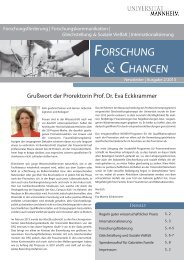
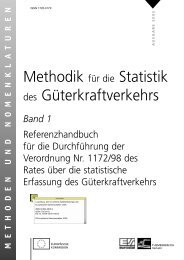
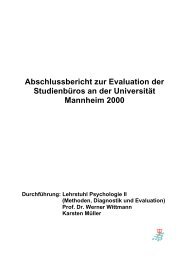
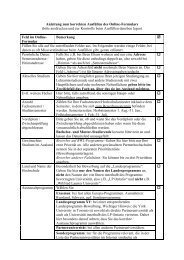
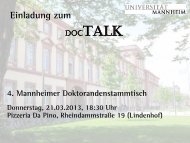
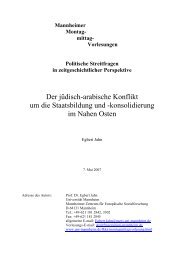
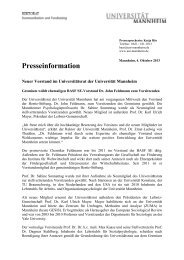


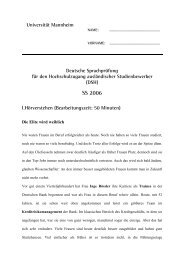
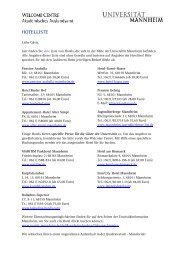
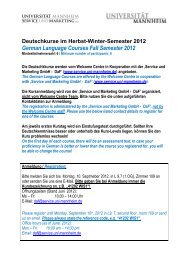
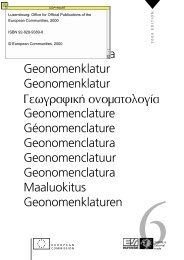
![226. [Augsburg], 27. Oktober 1562 An Joachim Camerarius d. Ã ...](https://img.yumpu.com/27559109/1/184x260/226-augsburg-27-oktober-1562-an-joachim-camerarius-d-a-.jpg?quality=85)